Good morning all,
As promised, here is the second and last part of our experience in Scotland, again, based on your questions. Today, I will focus on the things that surprised us, whether positively or negatively, on the essentials to do and see (again, based on what we visited ourselves and our personal tastes ) and on things not to forget to pack in your luggage when you decide to visit Scotland! Again, I will use subtitles to allow you to skip to the parts that interest you most! Oh yes, by the way, all the photos are of us. It’s just that David likes to add the Apprendre Autrement to his logo, which I don’t do 🙂 Happy reading!

What surprised us and the unusual!
This list is completely loose. David and I made a storm of ideas to be able to transmit them to you and finally, we realized that there were several! Let’s go!
1- How to park in the streets
In Scotland, as in many European cities, the streets are much older than cars, which means that they were not designed to let such large vehicles through, let alone stop more. But hey, the houses also date from before this time so there are also no courtyards where you can put them. So here, we park, in parallel, with two wheels on the sidewalk and two wheels on the street. And no need to respect the direction in which the cars circulate! If you see a parking spot, even if it is on the opposite sidewalk, you can go there. This means that cars are often found face to face. Here’s what it looks like.

2- The fact that the Scots are very similar to Quebecers
Perhaps it is the fact that, like us, they have always struggled to preserve what they are and their culture, but the Scots have a lot in common with Quebecers in their way of being and to act. No need to act differently here when speaking to people!
3- The fact that at the slightest ray of sunshine the parks and the least space of lawn in fact, fill with people!
Is it due to the fact that it rains almost every day or just a stronger bond of people with nature and the community, in any case, it must be admitted, it is really impressive. In Edinburgh, for example, we lived near a park. and whenever the weather allowed, people would meet there, in the hundreds, at the end of their working day. They arrived with small portable barbecues, blankets and bags of food and set up for the evening. And it was like that everywhere. On church lawns, in cemeteries, in front of the castle, etc.
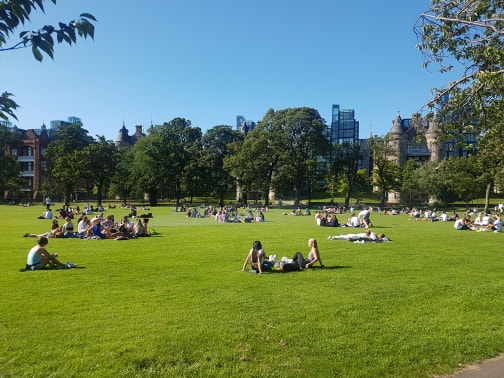
4- The rain does not stop anyone
I imagine that this is normal in a country where it rains so often, people end up getting used to it, but we were surprised that the rain absolutely does not stop people from continuing their activities. It even happens very often to see people sitting on the terrace of a restaurant or cafe when it is still raining quite a bit or to simply walk in the rain.
5- Overpacking of food products and the almost total absence of bulk
On a slightly less positive note, we were really surprised to see how everywhere the overwrap was. Even in the fruit and vegetable department in grocery stores, it is really very difficult to find food that is not wrapped in plastic. Apples and tomatoes are found almost exclusively in plastic bags, the same for beans and asparagus. Much more fruit and vegetables are already cut and portioned than whole fruits and vegetables. Some are almost impossible to find in full version. Really, it makes you dizzy. The way to get out of it in a slightly more ecological way is to spot the fruiteries, bakeries, and if you eat meat, the independent butcheries, but even there, do not expect miracles. There are several products that you will not be able to find other than under plastic despite all your efforts. And concerning the bulk, I can only wish you good luck …
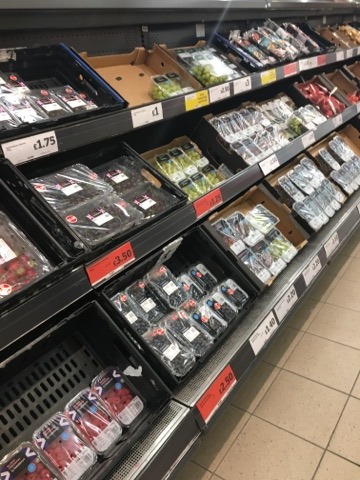
6- The cleanliness of Edinburgh and the Highlands
Here, there is almost no waste on the ground and given the scarcity of bins available, even in tourist areas, it is really to wonder how they do it. The reality is quite different in Glasgow, however.
7- Places completely devoid of trees in the Highlands
Well, that was rather David that it surprised. Personally, given the latitude of Scotland and the fact that there are several mountains, I expected more of these tundra landscapes. But I admit that when we turn a corner where we were surrounded by trees to find ourselves in front of totally empty mountains, it gives the impression of changing planets.
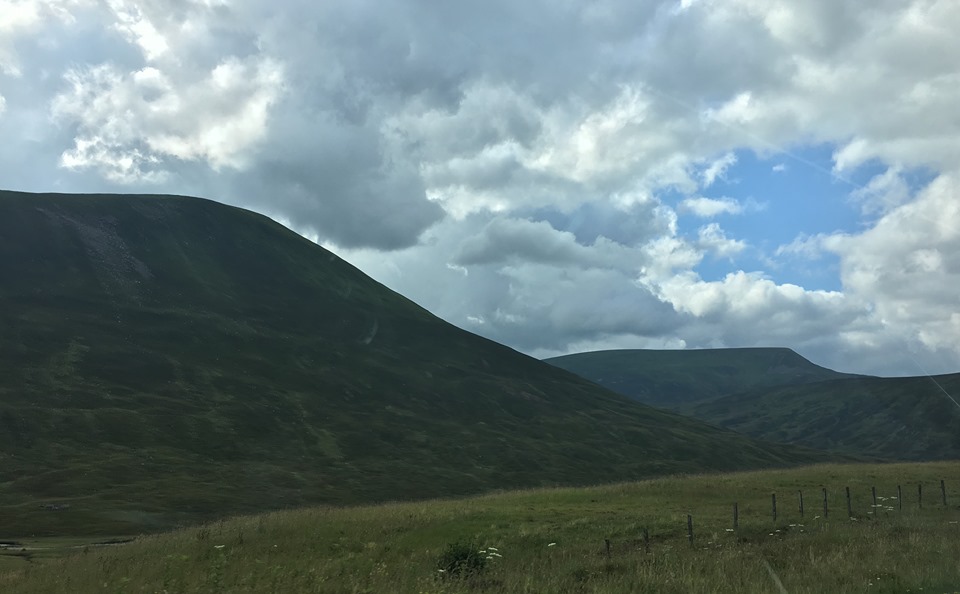
8- The rhythm of life
Here, even in big cities, people take the time to live and seem much calmer and zen than here. It feels good to walk around in this kind of atmosphere.
9- The omnipresence of nature and the beauty of the landscapes!
With the exception, again of Glasgow which is much more industrial, one of the really amazing things is the omnipresence of nature everywhere, even in the heart of the cities. Of course, we knew, like everyone else, that Scotland is beautiful, but honestly, we did not expect it to be that much! The photos really don’t do it justice!
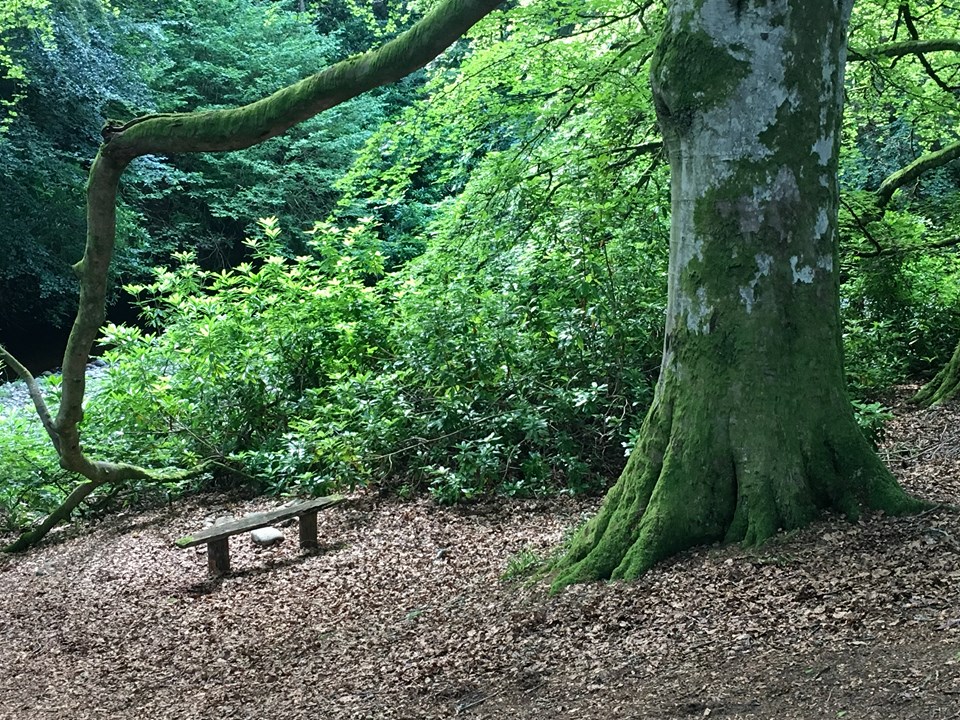
10- The incredible number of American channels
Honestly, sometimes you have to wonder if Scotland (it’s the same in England for that matter) have their own channels. McDonald’s, KFC, Starbucks, Burger King, Subway, Krispy Cream and even Tim Hortons are absolutely everywhere! In terms of clothing, it’s the same thing. Shopping malls are carbon copies of those found in Canada or the United States.

11- The accent of the Scots, especially those of Glasgow
Of course, we, like everyone else, had heard that they had a very strong accent. But we didn’t expect that at all. Our level of English being very good, we told ourselves that at worst, we should pay a little more attention, but it really happens at another level. Seriously, there were times when we wondered in what language the person was speaking to us. It’s intense!
12- The use of cemeteries
I already talked about it on my Facebook page, but the atypical use that the Scots make of their cemeteries is really disturbing. It is common here to see people having a picnic there. Flower beds are set up there to grow medicinal plants and there are markets and festivals. In Edinburgh, we were even surprised to find a café in the heart of a cemetery. It is also not at all rare to see an old tombstone in an unusual place such as the curb of a sidewalk or the front of a house. Let’s say that our relationship to the dead is really not the same hi! hi!

Our favorites in Edinburgh!
Several of you have asked us what our favorites were in Scotland. We decided to divide them into three parts: Edinburgh, the Highlands and Glasgow. Let’s go first with Edinburgh!
I want to specify that the whole city of Edinburgh could be a favorite. We loved our time in this city. The atmosphere, the history, the culture, the way of life of the people, the beauty of the city, the nature everywhere even if it is a big city, sincerely, to have the opportunity, we would consider completely d ‘live there for a while. But we had to make choices, so here they are!
1- Arthur’s seat
Arthur’s seat it is this famous hill with a height of 251 meters which is considered the highest peak in the area. The ascent takes between 45 minutes and 1 hour and the view is really worth it and is still quite good. It is considered a medium difficulty hike. There was a difficult passage for people who like climbing, but at the time of our passage, it was not accessible because there had been landslides. There is even an easier route from behind which allows you to do about half of it by car, but you will not have the chance to admire the ruins of the medieval St-Anthony chapel or even enjoy Duddingston Loch, a lake populated by birds of all kinds during the descent. The ideal, in our opinion, is to leave from Holyrood Palace to start your hike. You can get there very easily by public transit, or even, as we did, on foot. A word of advice, go early enough in the morning if you are in tourist season. Several people make this excursion, it’s surprising. Arthur’s seat is also part of Holyrood Park, the 640 acre park attached to the castle. So you can plan to spend the day there without any problem. Bring a picnic and your bottles of water as it will be difficult to find them on site. Entrance to the site is free. Arthur’s seat, bears this name in connection with the legend of King Arthur. Indeed, the specialists who study this legend to try to find there real proofs of the existence of Arthur, or at least, to draw from it real facts which would be at the origin of this one have , to date, 5 theories on where could have been the famous city of Camelot and the surroundings of Arthur’s seat are one of these possibilities. Arthur’s seat one of the three volcanic hills of Edinburgh. The castle is also placed on the second.

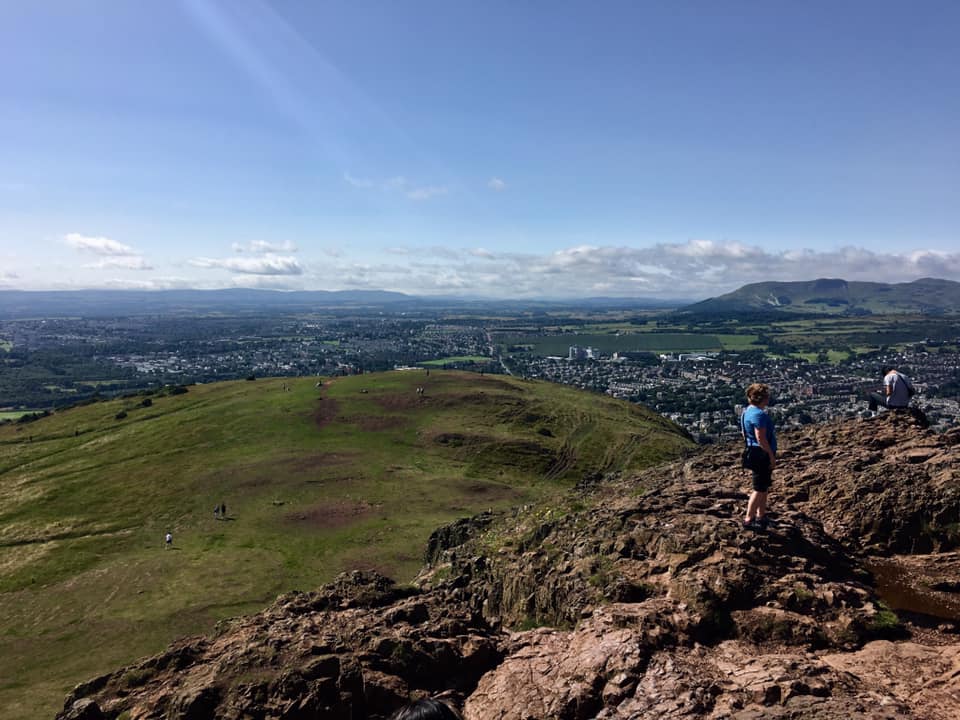
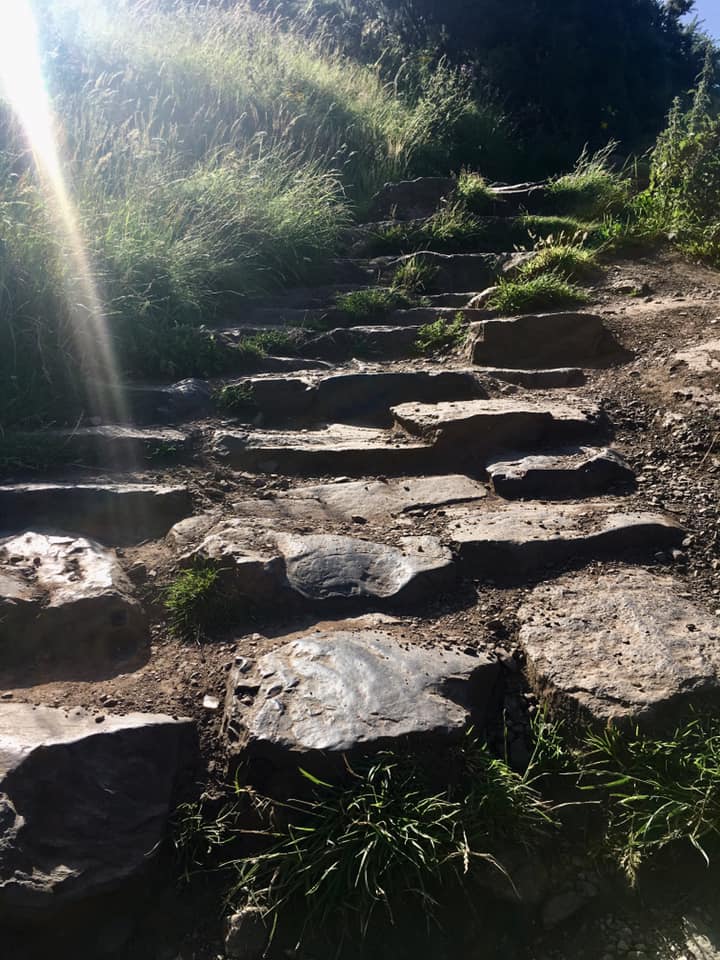
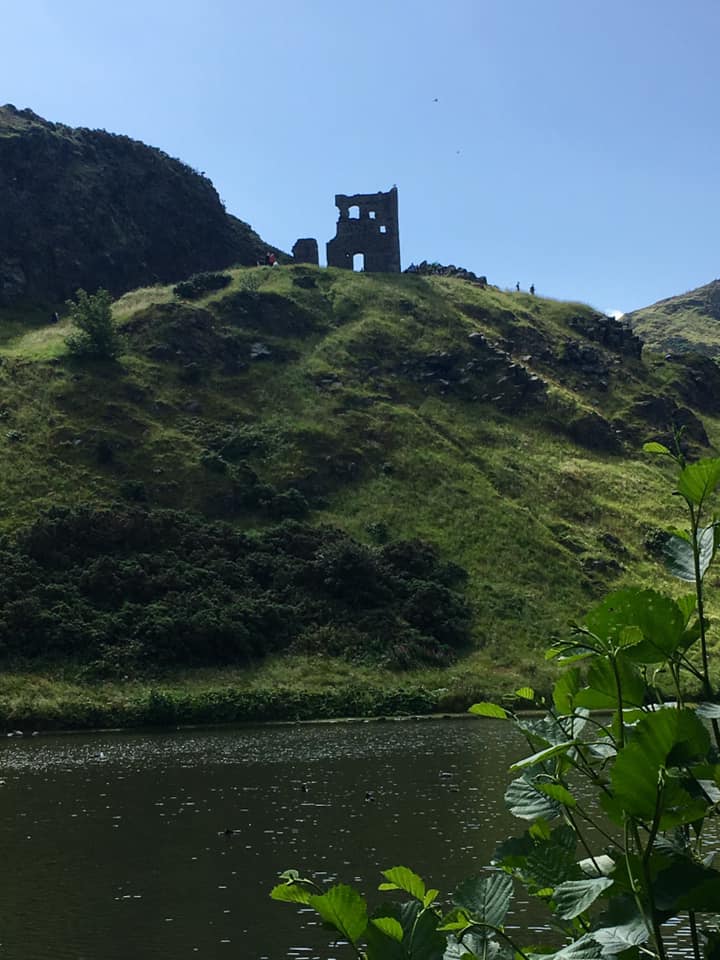
2- The old town and its architecture
Old Town, the historic heart of Edinburgh, is on the agenda of all travel agencies when you visit Scotland, but it is for good reason. It’s really worth it. Full of history, small hidden alleys like secret passages (this is where poor people lived in medieval times), its magnificent medieval buildings, its cathedral, its castle, even the location of its city center and its castle on a rocky outcrop that served as a natural fortification, are worth the detour. On the other hand, put on good shoes (avoid at all costs the heels if you care about your life, the streets are made of bricks and stones) And prepare to go up and down several slopes and stairs throughout your visit. This part of the city, which contains the oldest buildings in Edinburgh, has retained its medieval organization as well as a large number of buildings dating from the Reformation. With its neighbor, which is called New Town, it has been listed as World Heritage by Unesco since 1995. Although it contains a host of buildings more impressive than the others, including the Town Hall, the castle and St-Giles Cathedral, Royal Mile, the street that crosses it entirely, starting from the castle and going down (and what a descent), to the Palace of Holyrood, is only 1.6 km long. At the time, the city was a little larger, but several buildings constructed at that time were destroyed by the Great Edinburgh Fire which took place in November 1824. Some buildings were restored, but several had to be completely demolished to make room for new. It is still possible to see the entrance portico of a church which was reduced to ashes during this fire, very close to the station.
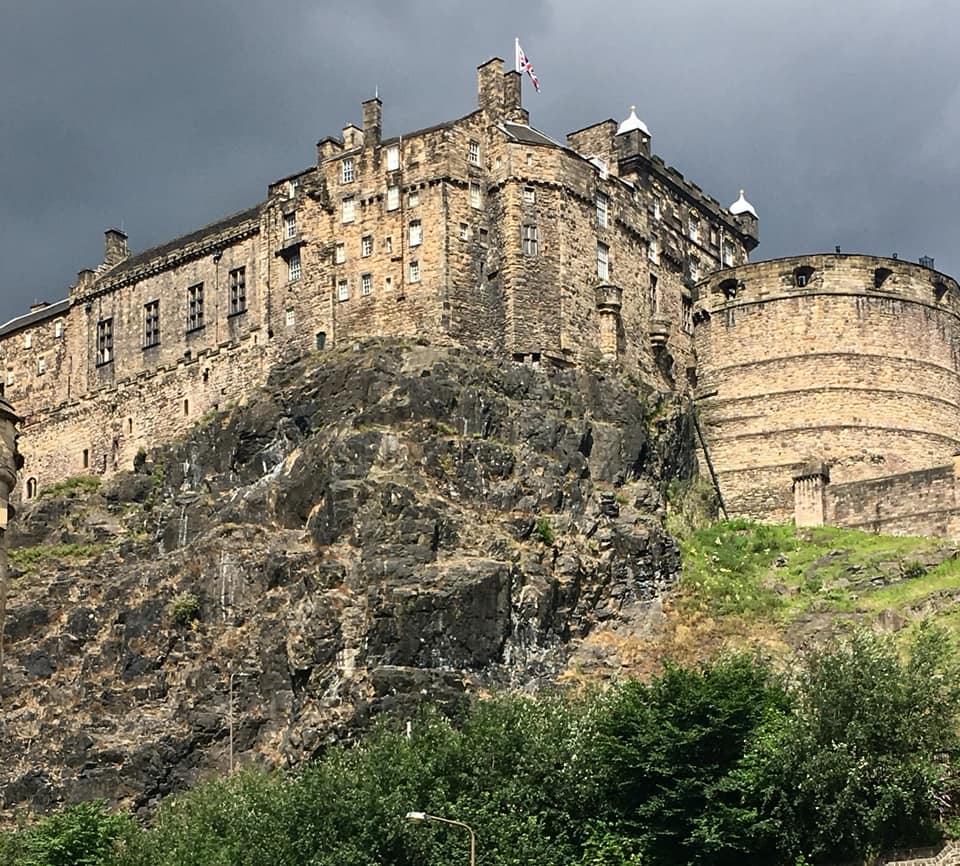
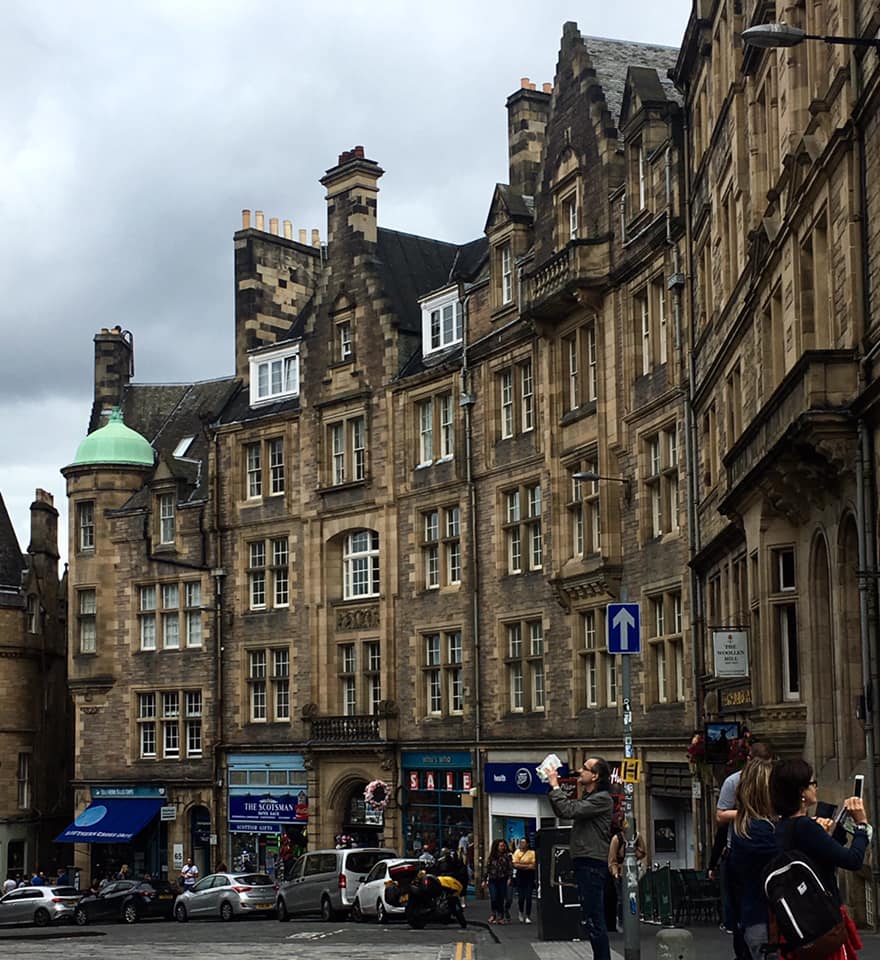
3- Dean Village
Dean Village is a district of Edinburgh which is just a few minutes walk from the old town. It is a beautiful, quiet area, crossed by a small river (a superb path is built there and it is very little frequented by tourists) and filled with greenery. One could easily have the impression of being in a film set in the Scottish countryside. Judge for yourself!
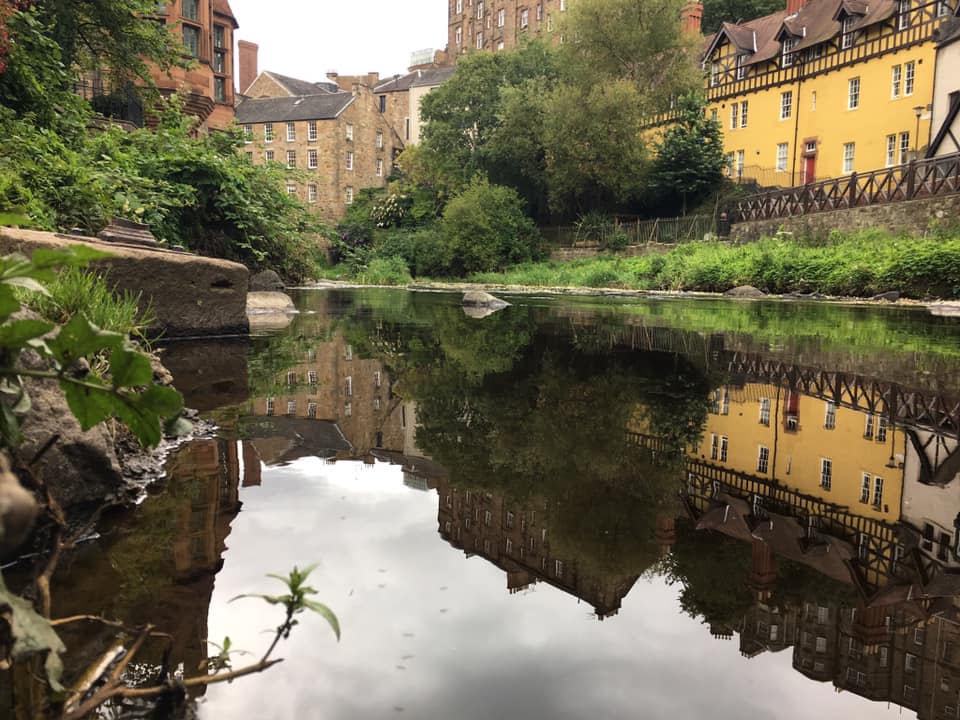
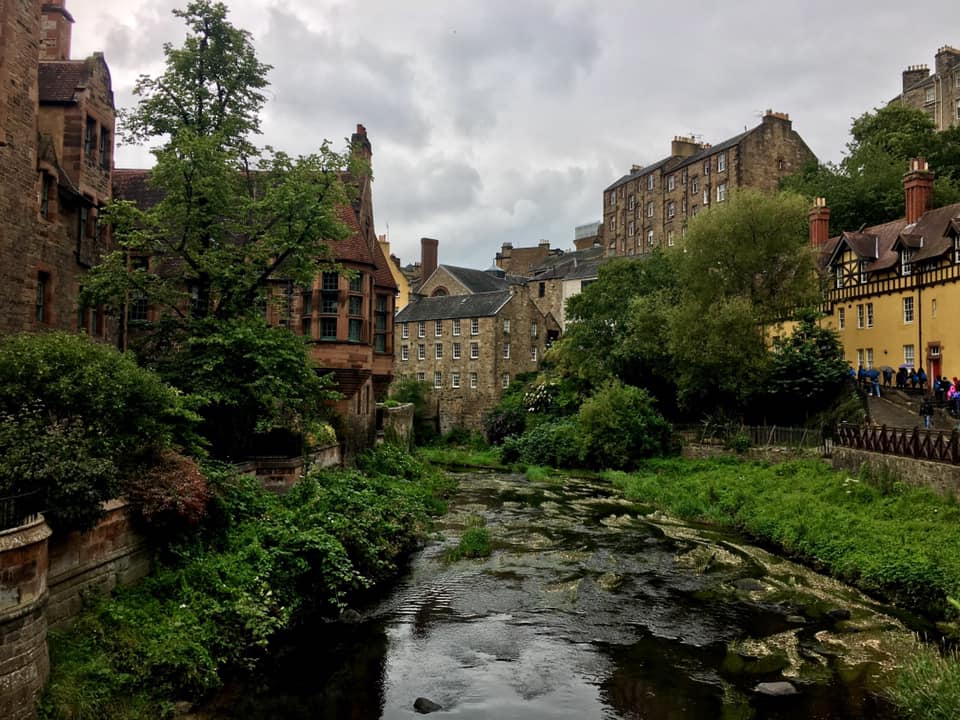
4- Portobello Beach and the North Sea
Portobello Beach is located a few miles outside of Edinburgh, but it is very easy to get there by public transport. This district is now part of Edinburgh, but it has long been a city in its own right. Filled with little cafes and restaurants, nice little shops and a superb beach, this is a place worth visiting, especially if you are staying more than 3 days in Edinburgh. The water is very cold and infested with jellyfish, so there is little chance that you will want to go swimming (whatever the locals do, to wonder if they are really human), but the landscape alone will fill you. Portobello Beach is over 2 miles long and lies along a bay that opens onto the North Sea which you can see in the distance on a clear day.
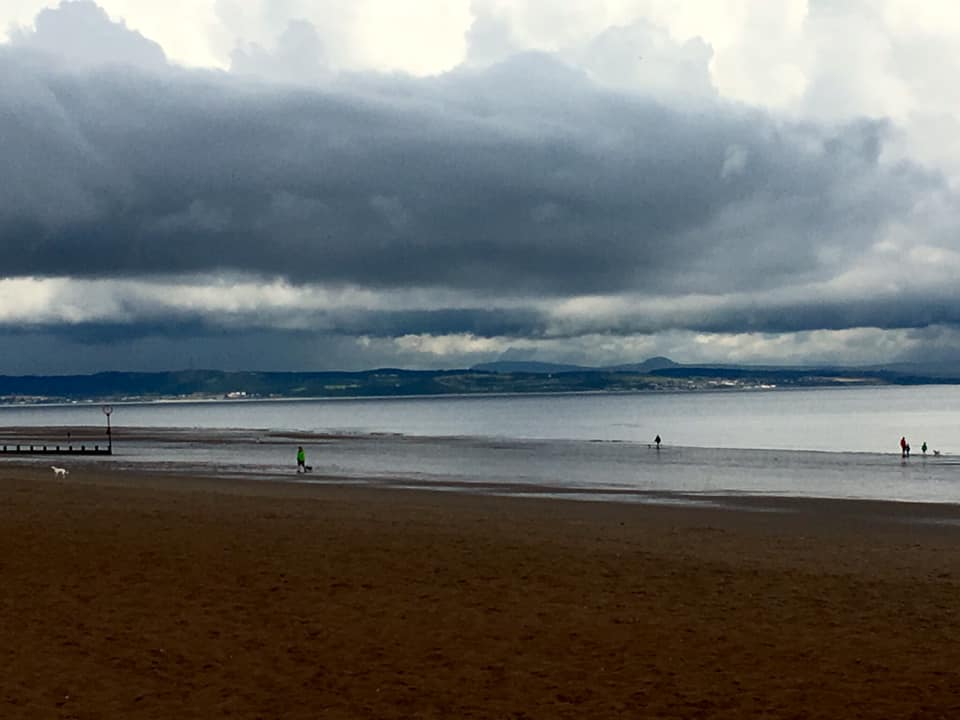

5- Green spaces absolutely everywhere and free golf courses in the city
Edinburgh is filled with an incredible number of parks, many of which are very large. We even came across one, very close to our apartment (directly opposite the university residences) containing a completely free golf course. It’s about bringing your balls and sticks there and off you go for a ride. The owner of our apartment even left balls and sticks for us to tell you how popular it is here. And as I told you above, here people really use the parks. There is therefore no reason to refrain from doing so. Note that in Britain, there is no problem drinking a beer or a drink in a public place unless it becomes disturbing for others. So don’t be surprised to see people enjoying a drink watching their children play at any time. Here, drinking only after 5 p.m. is really not part of the culture. Little anecdote, in the train which led us from Glasgow to Manchester, a group of young men, seated on the ground of the train, took out beers and started to drink them like that, without any problem. The train controller only asked them to turn down the sound of the music they were listeningi!

Highland’s favorites
Going to Scotland without going to the Highlands is like not going there at all. If you think the landscape around Edinburgh is beautiful (and it really is), you will be totally dazzled by the Highlands! None of the photos I will share with you here come close to what you will really see there, but it should make you want anyway. For us, it was love at first sight! We are seriously considering going to spend a minimum of a month in a while. Note that since we were only there 3 days, we did not have the chance to visit the whole territory or to do many hikes, but we have already had difficulty limiting ourselves to only 5 shots heart, then it’s surely a good thing!
1- The Glencoe Valley
It is literally the most beautiful place I have seen in my life. It’s unimaginable! The Glencoe Valley is a very deep valley that winds some of the highest and most spectacular mountains in the Highlands. David, who has already seen the Alps which are however higher, told me that even there, he had not had an impression of such great immensity! Is it due to the fact that the Alps have more trees or that the towns and villages are often located in height which is really not the case here, I don’t know, but the effect is really overwhelming.

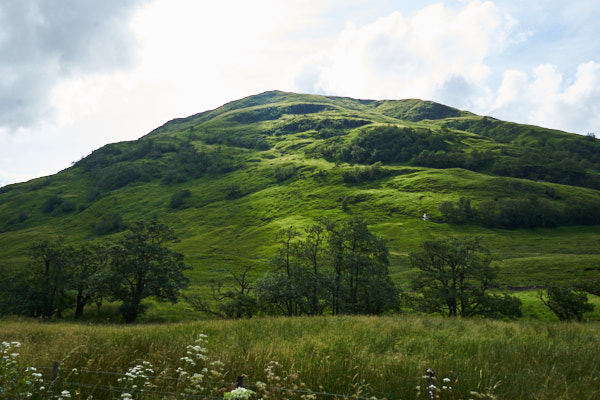
2- Loch Ness and Urquhart Castle
I know, it’s really cliché, but who can go to the Highlands and not go to the edge of this mythical lake, honestly? In any case, not me! Loch Ness is a huge lake, although it is not the largest in the Highlands. But it is still more than 35 km long! This is the place in Scotland that made me think of Abitibi the most, don’t expect a change of scenery! But we don’t regret for a second having gone there. If you ever go to the area, pay attention to the choice of your room or apartment. As I told you in the first article on Scotland, it is here, mainly in the small town of Drumnadrochit (which contains, among other things, the museum on Nessie, the monster of Loch Ness), that some people do not speak than Gaelic. Read the descriptions on AirBnb carefully if you choose this option.
On the edge of Loch Ness, less than two kilometers from Drumnadrochit, are the ruins of Urquhart Castle, one of the most visited castles in Scotland. This castle, built on the site of an old fortress, dates from the end of the 13th and beginning of the 14th century and was the backdrop for a very large number of clan wars in the Highlands and the battles surrounding the wars of the Independence of Scotland making it pass from the hands of one to the other on a very large number of occasions. It was finally abandoned in the middle of the 17th century, then partially destroyed in 1692 to prevent it from being used by Jacobite forces. Today it is under state protection. The entrance is still expensive, but it is easily observable from the parking lot (which we did) and we can see magnificent sunsets!
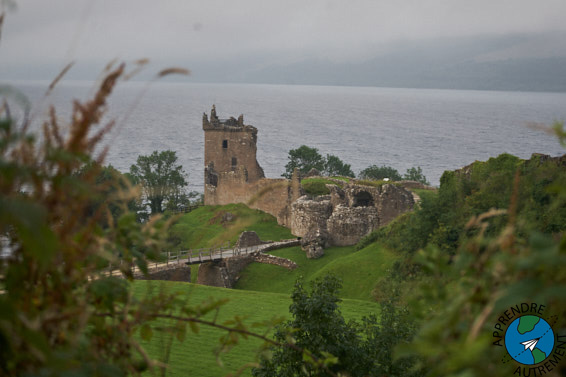
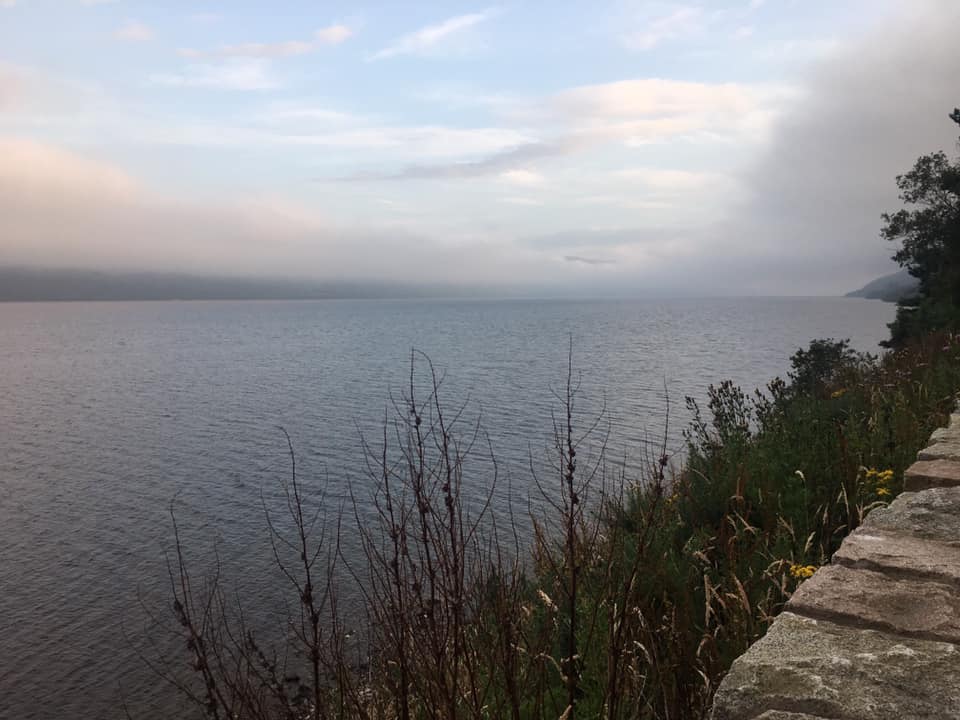
3- The cities of Perth and Inverness
The city of Perth is located at the entrance to the Highlands and enjoys an enviable geographical location in terms of transport. Its history is fascinating. It was here that the Battle of the Clans took place in 1396 and also here that in 1559, John Knox delivered the famous speech which marked the beginning of the Reformation in Scotland, namely the introduction (by force let’s say it) , Protestantism. If you like history, you cannot be disappointed by this small town of 50,000 inhabitants which is also very beautiful.
Little anecdote, did you know that the city of Perth in Australia owes its name to Perth in Scotland? Indeed, the British lieutenant-governor, Georges Murray, who worked in Australia in 1829, chose the name of this new city in homage to his city of birth, Perth.

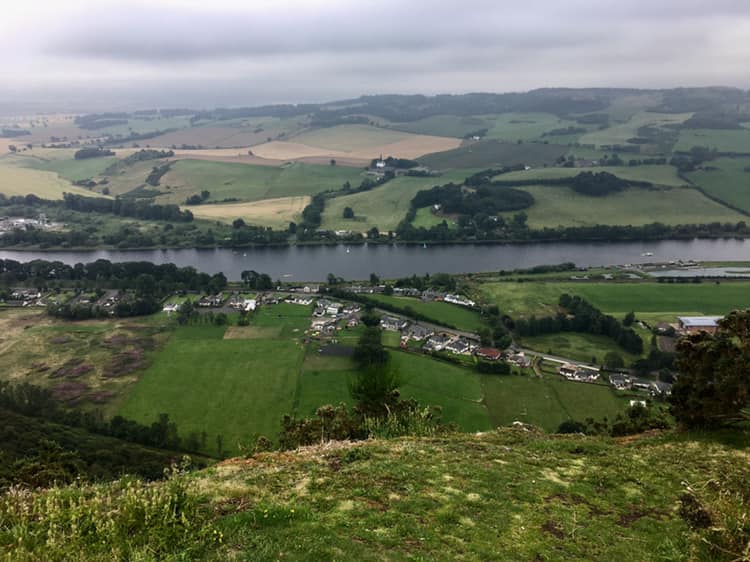
Inverness, for its part, is located in the far north of Scotland, about 22 km from Loch Ness, and is today considered the capital of the Highlands. It has about 60,000 inhabitants. It was the subject of many battles which make today that there are only a few historic buildings left in this city, but it is still very interesting to visit. Indeed, Scottish, English and Jacobites fiercely disputed its control for many centuries. The moors of Culloden, where the famous battle that ended the Jacobite uprising in 1746 took place, are precisely on its territory. Its history goes back a long way. In 2016, we also found the remains of a round house dating from prehistoric times. It was also a stronghold of the Picts.
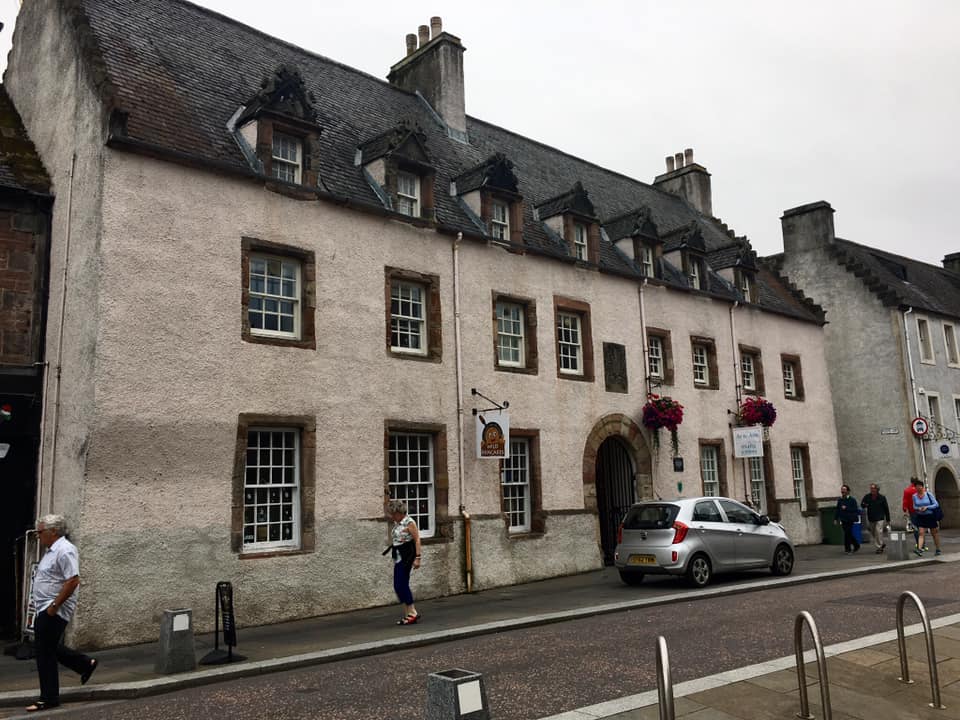
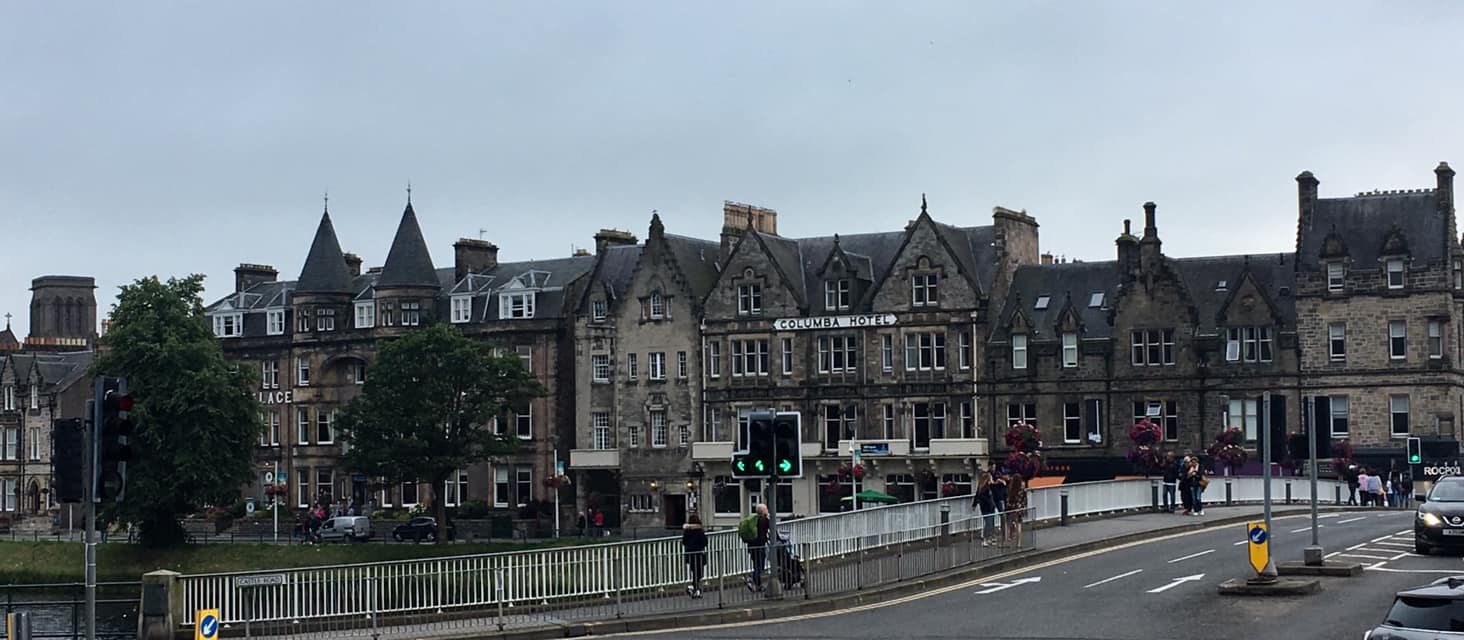
4- Isle of Skye
We definitely did not spend enough time there, but for the little that we saw, the Isle of Skye fulfills all its promises. It is the largest and most northerly island in the Inner Hebrides archipelago, located on the west coast of Scotland. Its history dates back to the Mesolithic era. It is known to contain many of the most spectacular landscapes in Scotland with its mountain ranges and coasts as far as the eye can see. It also has several castles and a very famous puffin colony. We will definitely be going back for a longer time next time.

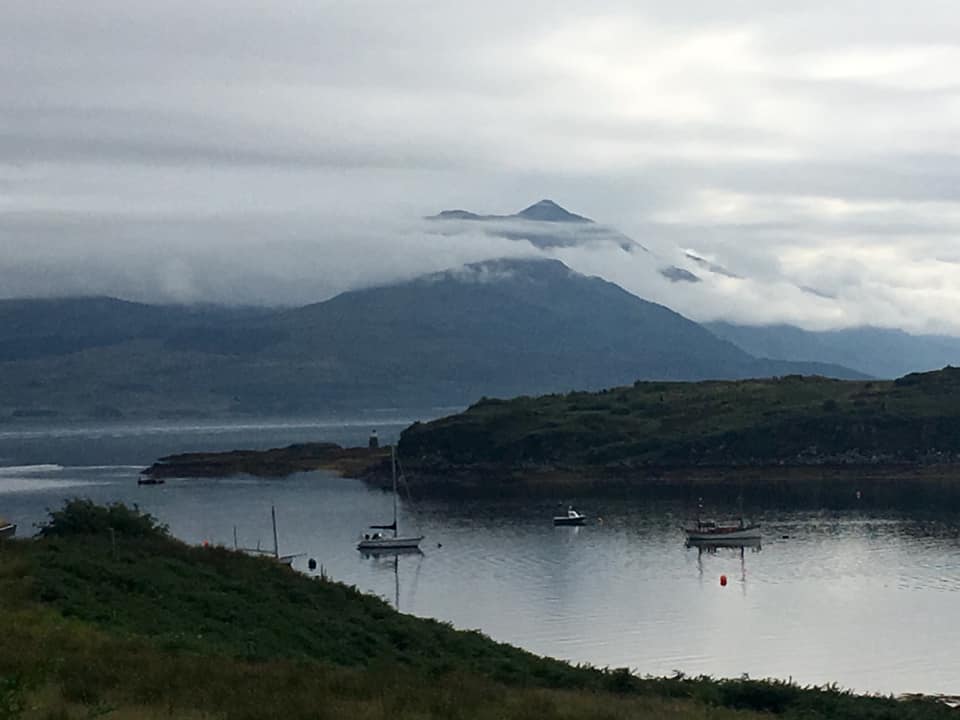
5- Fortrose
If, like me, you want to discover a village really typical of the Highlands, straddling the sea, the moors and the Scottish mountains, do not miss especially Fortrose, located a few kilometers from Inverness. This village is known for the ruins of its church dating from the 13th century as well as for the superb point of Chanonry where you can observe dolphins and seals. Everything is magic here! It is very poorly explained in words. I think you have to go there to understand.
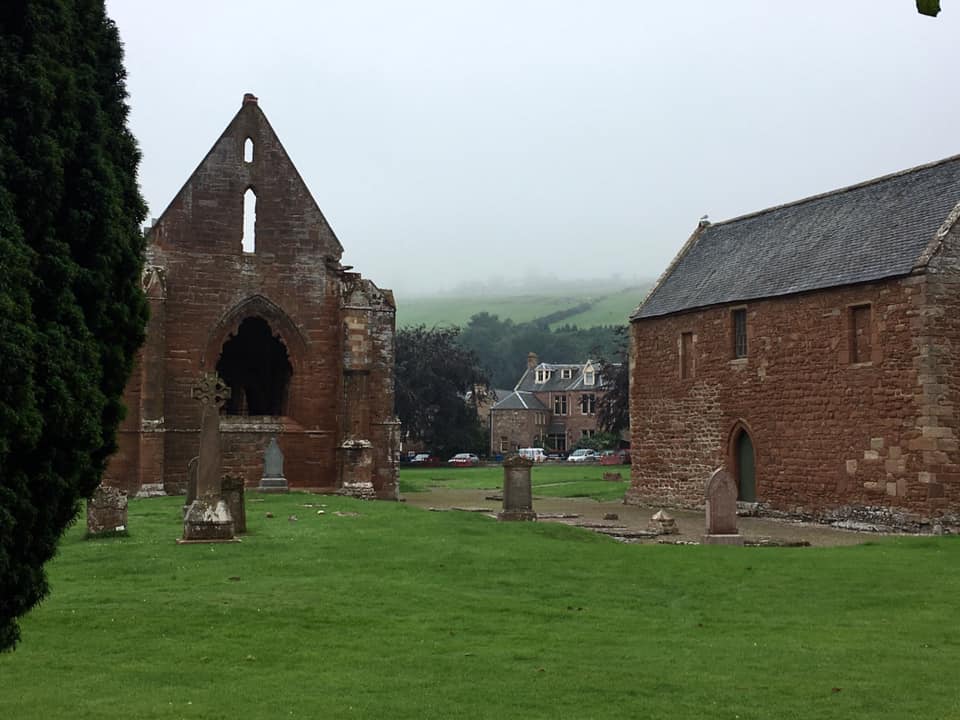
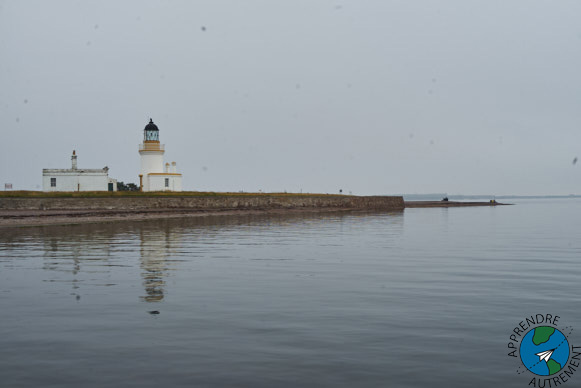
Glasgow’s top picks
First of all, let’s be honest, we didn’t really like Glasgow. After speaking with several people who shared our opinion and several others who swore by this city, we came to the conclusion that this is the type of place that you love or dislike. I’m not saying that there is nothing to see there and that the city is totally devoid of interest, we still discovered very interesting things there. Only that for us it is not really what we are looking for when traveling. If you like going out to pubs and bars, places with live music on every street corner or karaoke bars or you’re here to shop, you will love Glasgow, I have no doubt. It is a city that, of course much smaller, compares really well to New York. But for the kind of things we like, 2 days in this city would have been more than enough. That said, we still have a few favorites. Here they are:
1- The University of Glasgow and the surrounding area.
With its appearances of Hogwarts (it is besides the main inspiration of the creators of the school of the magicians of Harry Potter), this university has everything to seduce. It is truly splendid and is the 4th oldest university in the Anglo-Saxon world. It was founded in 1451 under James II of Scotland and the main building is still the same. I, who adore medieval architecture, can tell you that this is a particularly exceptional building. Today, more than 25,000 students from more than 130 countries attend. Small interesting fact, the founder of McGill University in Montreal studied there. A commemorative plaque in his honor is installed on the walls of the University. The area surrounding the university is actually the heart of Glasgow’s old town. The vast majority of buildings from medieval times that have survived the wear of time are there. And as often in student districts, there are a host of small local cafes and restaurants that give charm to the place.
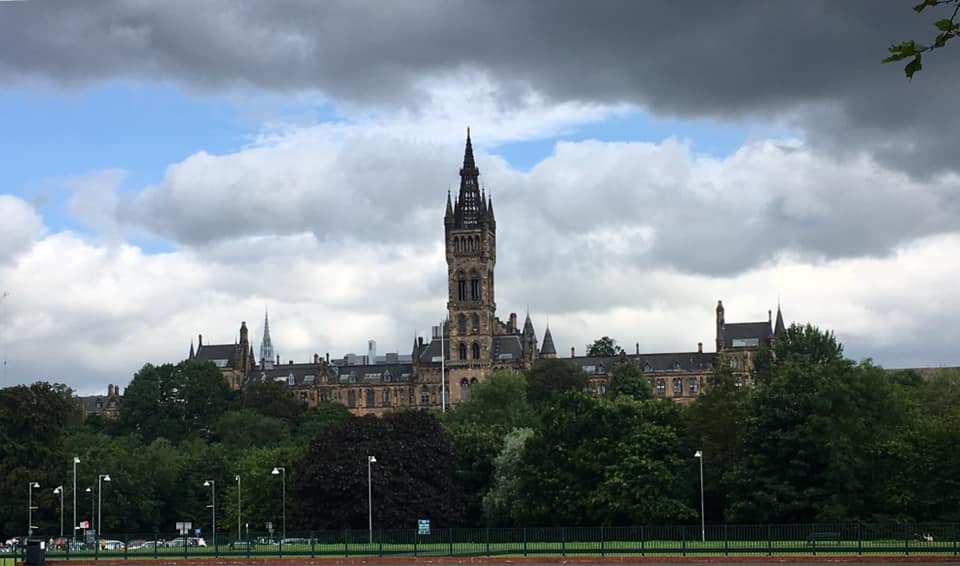
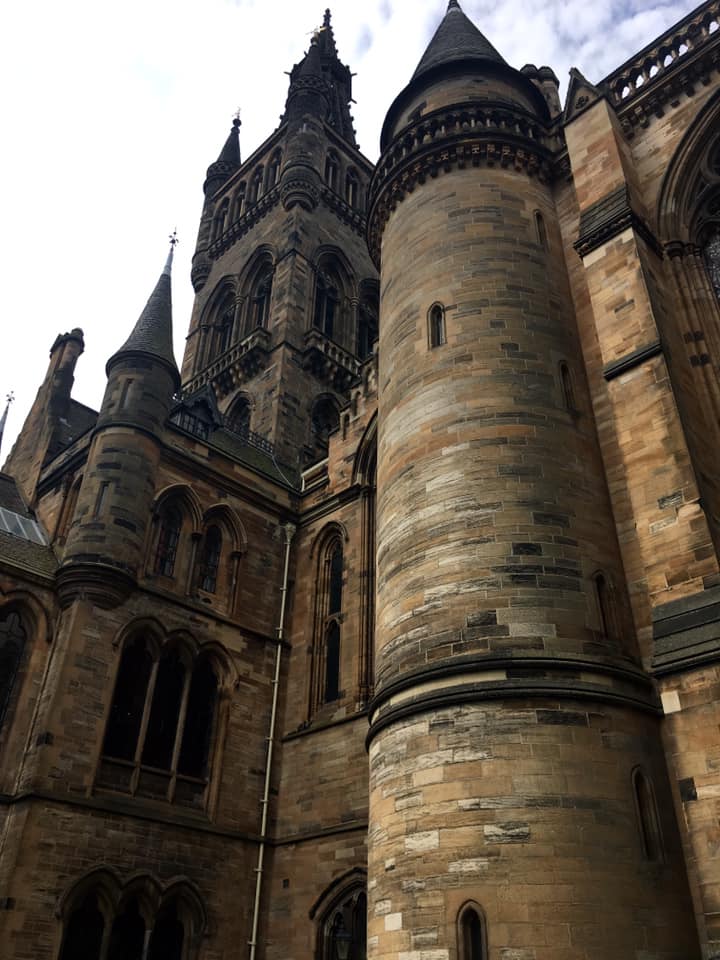
2- Street art
As you probably know, this artistic movement is gaining popularity all over the world. Personally, this is one of the things I love to do when I discover a city, following a road allowing to see several works of this current. Here in Glasgow, it’s everywhere! The city is very recognized for these magnificent murals which are painted on buildings which are several stories high. They are huge and all more beautiful than each other, but I really like this one which represents Saint-Mungo, the patron saint of Glasgow, with contemporary clothes and a bird referring to the book ” The bird that never flew ”, the autobiography of some of Glasgow’s most punished and famous prisoners, one of whom was innocent. She is from an artist whom I adore and who signs her works under the name of Smug. I love the fact that these works always have a story, a message to get across!
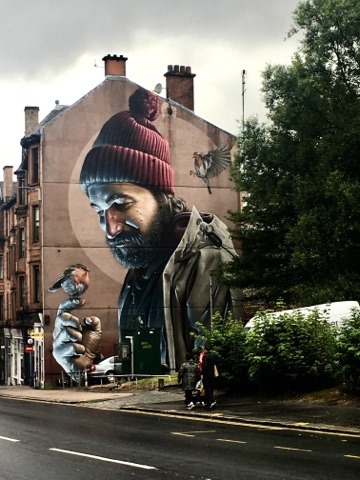
3- St-Mungo cathedral
Speaking of St-Mungo, another of our favorites was the cathedral which bear his name and where his tomb is located. The construction of this cathedral, the only catholic one to have survived the Protestant reform of 1560, began in 1136. It was King David who laid the first stone. It is striking on several aspects. First, the first part is completely bare and has a 32-meter-high wooden ceiling and huge Gothic arches. The cathedral basement is filled with a succession of chapels to the glory of several saints, in addition to the traditional children’s chapel and that of women which are found in just about all cathedrals here. In Great Britain. These chapels are all more beautiful than the others. And when you think you’ve gone around, there’s one more. Really, just for that, it’s worth going there. In addition, it is right outside the University, so it’s easy to kill two birds with one stone.
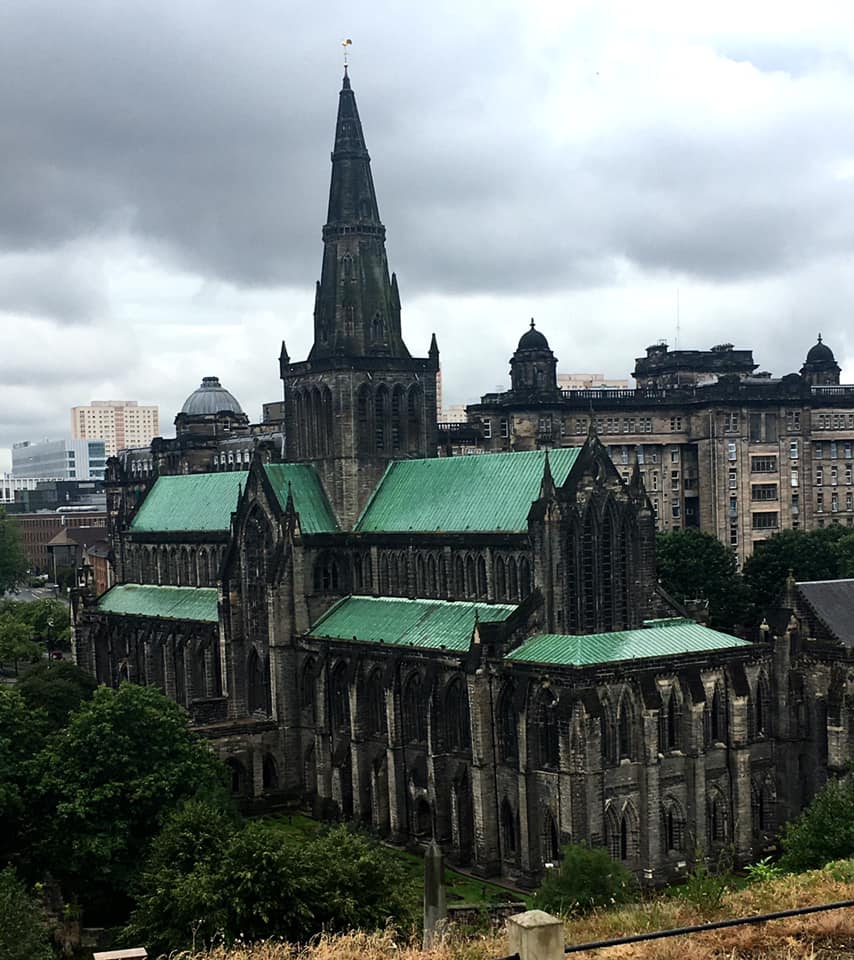
4- Kelvingrove Park
Kelvingrove Park is the perfect example of a Victorian park. It is located along the Kelvin River and the trails that run through it are beautiful. There is also the Kelvingrove Museum and Art Galleries, which like all government museums in Britain, is free. In summer, several music festivals are held there. So be aware, some may take place during your visit.

What to bring to visit Scotland?
I was asked what not to forget to put in your luggage. So here is a small list of what was essential to us. Do not forget that our visit was made during the second part of July, therefore at the hottest period here.
- A raincoat: totally essential! Here it rains almost every day and it sells so much that an umbrella would be of no use to you. And bring it with you at all times. Really, I insist. The temperature can go from big sun to heavy rain in less than 5 minutes. That’s truly impressive. Be aware however that it never rains long and that even if it seems intense, in terms of centimeters of rain annually, there is less here than in Nantes in France for example.
- Warmer clothes even if it’s summer. I advise you to plan your luggage as if you are going to visit Quebec in the fall. So long pants, long sleeve sweaters and a few t-shirts to put on. It is best to dress in onion skin and expect to take off and put on your sweater several times during the day.
- A multi-socket and an international wall socket. There are often few outlets in a house or bedroom here. So a multi-take that you add to your international take will be more useful than 2-3 international takes. Note, here, as in England, the sockets have a switch. Do not forget to turn it on otherwise you will have a bad surprise the next day when you realize that your devices have not charged overnight.
- Your international driving license, especially if you want to go to the Highlands. It will be much easier to rent a car and public transport is very limited in the Highlands, you will really appreciate being able to drive.
- If, like me, you need your coffee in the morning and you do not want to have to pay $ 5-6 every day to buy it in a coffee shop, I cannot recommend highly enough to bring a portable filter or a Boddom mug like the one my mother found before I left. Here, people who drink coffee at home drink snapshots (whatever you can find regular coffee at the grocery store), so the apartments never provide a coffee maker! By cons there are kettles everywhere and the water is drinkable so you will have no problem to worry about with your equipment. Here’s what mine looks like in case you’re interested. It can also be used as a thermos cup if I go to a cafe during the day!
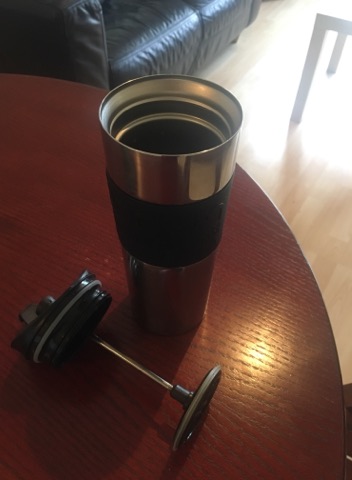
That answers all the questions you asked me. I hope you have found these two articles interesting and that it will make you want to come, in turn, to Scotland!
Feel free to leave me a message, it always makes me happy,
Gen